Popular categories
Looking for a yarn?

100% Cotton
from 2.15 € /50g
Order DROPS Muskat from Camellia
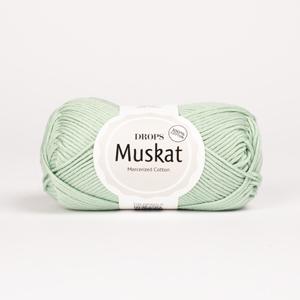
|
DROPS Muskat uni colour 100% Cotton |
2.15 € /50g |
Order |
Clicking the ORDER button will redirect you to Camellia website
The yarn cost is calculated from the pattern’s smallest size and the yarn’s cheapest product type. Looking for an even better price? You might find it on the DROPS Deals!
Peach Perfection
Crochet DROPS waistcoat in ”Muskat”. Size S - XXXL
Change language:
English (UK/cm), Latvia- English (UK/cm), Latvia
- Česky
- Dansk
- Deutsch
- Eesti keel
- English (UK/cm)
- English (US/in)
- Español
- Français
- Íslenska - not translated
- Italiano
- Magyar
- Nederlands
- Norsk
- Polski
- Português
- Suomi
- Svenska
- English (UK/cm), Bulgaria
- English (UK/cm), Croatia
- English (UK/cm), Greece
- English (UK/cm), Lithuania
- English (UK/cm), Romania
- English (UK/cm), Slovenia
- Česky, Slovakia
DROPS design: Pattern no R-559
Size: S/M - L - XL - XXL/XXXL
Materials: DROPS MUSKAT from Garnstudio
300-350-350-400 g colour no 10, peach
DROPS CROCHET HOOK size 4 mm – or size needed to get 17 tr x 10 rows = 10 x 10 cm.
-------------------------------------------------------
Alternative Yarn – See how to change yarns here
Yarn Groups A to F – Use the same pattern and change the yarn here
Yarn usage using an alternative yarn – Use our yarn converter here
-------------------------------------------------------
You might also like...

100% Cotton
from 2.15 € /50g
Order DROPS Muskat from Camellia

|
DROPS Muskat uni colour 100% Cotton 2.15 € /50g Order |
Clicking the ORDER button will redirect you to Camellia website
The yarn cost is calculated from the pattern’s smallest size and the yarn’s cheapest product type. Looking for an even better price? You might find it on the DROPS Deals!
Pattern instructions
Back piece:
Replace first tr on each row with 3 ch.
Edge piece:
Replace first dc on each round with 1 ch. Finish each round with 1 sl st in the last ch from beg of previous round.
Replace first tr on each round with 3 ch. Finish each round with 1 sl st in last ch from beg of previous row.
INCREASING TIP: Inc by working 2 sts in 1 st.
--------------------------------------------------------
--------------------------------------------------------
BACK PIECE:
Crochet 78-86-94-99 loose ch with crochet hook size 4 mm and Muskat. Crochet 1 tr in 4th ch from hook, * 1 tr in each of the next 3 ch, skip 1 ch *, repeat from *-* and finish with 1 tr in each of the last 2-2-2-3 ch = 58-64-70-74 tr. Continue with 1 tr in each tr. When piece measures 7 cm inc 1 tr each side – see INCREASING TIP, and repeat the inc when piece measures 15 cm = 62-68-74-78 tr. Continue until piece measures 22-23-24-25 cm.
EDGE PIECE:
Crochet 1 tr in each tr along top of back piece, crochet 56-58-60-64 ch, 1 tr in each tr along bottom of back piece, crochet 56-58-60-64 ch and finish with 1 sl st in first tr on the top of back piece. Now crochet 1 tr in each tr from back piece and around each ch band crochet 42-44-46-48 tr = 204-220-236-248 tr in total.
Continue in the round as follows:
ROUND 1: 1 tr in first tr, *1 ch, skip 1 tr, 1 tr in next tr *, repeat from *-* and finish with 1 ch, skip 1 tr and 1 sl st in tr at beg of round.
ROUND 2: 1 dc in each tr and 1 dc in each ch.
ROUND 3: 1 dc in each dc.
Repeat these 3 rounds, AT THE SAME TIME when edge measures 5, 10 and 15 cm (adjust to a row of dc) inc 34-34-34-36 dc evenly on round – see INCREASING TIP = 306-322-338-356 dc. When edge measures 17-18-19-20 cm (adjust so that next row is a row of dc) crochet 1 row with dc, AT THE SAME TIME inc 0-1-2-1 dc evenly = 306-323-340-357 dc. Now continue in M.1. NOTE! Beg on row marked with 1 in diagram. Work 1 vertical repeat of M.1, cut and fasten thread.
This pattern has been corrected. Click here to see the correction/s.
CROCHET INFO:
Back piece:
Replace first dc on each row with 1 ch.
Edge piece:
Replace first dc on each round with 1 ch. Finish each round with 1 sl st in the last ch from beg of previous round.
Replace first tr on each round with 3 ch. Finish each round with 1 sl st in last ch from beg of previous row.
Diagram

|
= tr |

|
= ch |

|
= dc |

|
= Crochet 1 tr, but wait with last pull-through (= 2 sts on hook), work 1 more tr in the same st, but wait with last pull-through (= 3 sts on hook), work 1 more tr in the same st and when doing the last pull-through pull thread through all sts on hook. |
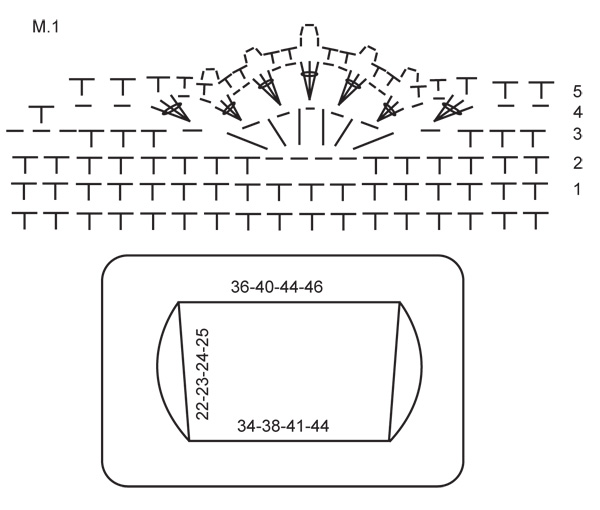
What can you do with our patterns? You can share DROPS patterns online, using the pattern original picture, materials, name and number. But you are NOT ALLOWED to reproduce the complete pattern digitally in any way. Yarn stores are welcome to use the DROPS pattern database to promote the sale of our assortment. You can print out our patterns, make as many copies as you’d like. The only thing we ask is that you don't make any changes / additions to the original printed document. And that the patterns according to the DROPS philosophy are given out to the consumers for free. Editorials that wish to publish our patterns in printed books or magazines can contact us for more information. The sale of garments based on DROPS patterns is permitted as long as they are sold as single items or per order. Further commercial use of the patterns is not permitted. It has to be clearly stated that the garment is made based on a design from DROPS DESIGN. The use of clothing labels of which DROPS DESIGN forms part is conditioned by the inclusion of the following text: “A DROPS DESIGN made by …..”. The use of DROPS photos for marketing purposes/sales is only permitted in connection with the use/sale of DROPS products. The photos may not be cut or edited and the logo should be clearly visible.
We reserve the right to withdraw the permission for use of our patterns at any time, notwithstanding the reason.
Each of our patterns has specific tutorial videos to help you.
These step-by-step tutorials might also help you:
Why is the knitting/crochet tension so important?
Knitting tension is what determines the final measurements of your work, and is usually measured per 10 x 10 cm. It is provided like so: number of stitches in width x number of rows in height - eg: 19 stitches x 26 rows = 10 x 10 cm.
The knitting tension is very individual; some people knit/crochet loosely while others work tightly. You adjust the knitting tension with the needle size, which is why the suggested needle size is only meant as a guide! You need to adjust this (up or down) to ensure that YOUR knitting tension matches the knitting tension provided in the pattern. If you work with a different knitting tension than provided you will have a different yarn consumption, and your work will have different measurements than what the pattern suggests.
The knitting tension also determines which yarns can replace each other. As long as you achieve the same knitting tension you can replace one yarn with another.
See DROPS lesson: How to measure your tension/gauge
See DROPS video: How to make a gauge tension swatch
How do I know how many balls of yarn I need?
The required amount of yarn is provided in grams, eg: 450 g. To calculate how many balls you’ll need you first need to know how many grams are in 1 ball (25g, 50g or 100g). This information is available if you click on the individual yarn quality on our pages. Divide the amount required with the amount of each ball. For example, if each ball is 50g (the most common amount), the calculation will be as follows: 450 / 50 = 9 balls.
Can I use a different yarn than what the pattern suggests?
The important thing when changing from one yarn to another is that the knitting/crochet tension remains the same. This is so that the measurements of the finished piece will be the same as on the sketch provided. It is easier to achieve the same knitting tension using yarns from the same yarn group. It is also possible to work with multiple strands of a thinner yarn to achieve the knitting tension of a thicker one. Please try our yarn converter. We recommend you to always work a test swatch.
Please NOTE: when changing yarn the garment might have a different look and feel to the garment in the photo, due to individual properties and qualities of each yarn.
See DROPS lesson: Can I use a different yarn than the one mentioned in the pattern?
What are the yarn groups?
All our yarns are categorised into yarn groups (from A to F) according to thickness and knitting tension – group A contains the thinnest yarns and group F the thickest. This makes it easier for you to find alternative yarns to our patterns, should you wish to switch yarn. All yarns within the same group have a similar knitting tension and can easily replace each other. However, different yarn qualities have different structures and properties which will give the finished work a unique look and feel.
How do I use the yarn calculator?
At the top of all our patterns you’ll find a link to our yarn calculator, which is a helpful tool should you wish to use a different yarn than suggested. By filling in the yarn quality you wish to replace, the amount (in your size) and number of strands, the calculator will present good alternative yarns with the same knitting tension. Additionally it will tell you how much you’ll require in the new qualities and whether you’ll need to work with multiple strands. Most skeins are 50g (some are 25g or 100g).
If the pattern is worked with multiple colours, every colour will have to be calculated separately. Similarly, if the pattern is worked with several strands of different yarns (for example 1 strand Alpaca and 1 strand Kid-Silk) you will have to find alternatives for each, individually.
Why do you show discontinued yarns in the patterns?
Since different yarns have different qualities and textures we have chosen to keep the original yarn in our patterns. However, you can easily find options among our available qualities by using our yarn calculator, or simply pick a yarn from the same yarn group.
It is possible that some retailers still have discontinued yarns in stock, or that someone has a few skeins at home that they would like to find patterns for.
The yarn calculator will provide both alternative yarn as well as required amount in the new quality.
What size should I knit?
If you think it's hard to decide what size to make, it can be a good idea to measure a garment you own already and like the size of. Then you can pick the size by comparing those measures with the ones available in the pattern's size chart.
You'll find the size chart at the bottom of the pattern.
See DROPS lesson: How to read size chart
Why do I get the wrong knitting tension with the suggested needle size?
The needle size provided in the pattern serves only as a guide, the important thing is to follow the knitting tension. And since knitting tension is very individual, you will have to adjust the needle size to ensure that YOUR tension is the same as in the pattern – maybe you’ll have to adjust 1, or even 2 needle sizes, up or down to achieve the correct tension. For this, we recommend that you work test swatches.
Should you work with a different knitting tension than the one provided, the measurements of the finished garment might deviate from the measurement sketch.
See DROPS lesson: How to measure your tension/gauge
See DROPS video: How to make a tension/gauge swatch
Why is the pattern worked top-down?
Working a garment top-down provides more flexibility and room for personal adjustment. For example it is easier to try the garment on while working, as well as making adjustments to length of yoke and shoulder caps.
The instructions are carefully explaining every step, in the correct order. Diagrams are adjusted to the knitting direction and are worked as usual.
How do I work according to a knitting diagram?
The diagram depicts all rows/rounds, and every stitch seen from the right side. It is read from bottom to top, from right to left. 1 square = 1 stitch.
When working back and forth, every other row is worked from the right side and every other row is worked from the wrong side. When working from the wrong side, the diagram will have to be worked reversed: from left to right, knit stitches are purled, purl stitches are knit etc.
When working in the round every round is worked from the right side and the diagram are worked from right to left on all rounds.
See DROPS lesson: How to read knitting diagrams
How do I work according to a crochet diagram?
The diagram depicts all rows/rounds, and every stitch seen from the right side. It is worked from bottom to top, from right to left.
When working back and forth every other row is worked from the right side: from right to left and every other row is worked from the wrong side: from left to right.
When working in the round, every row in the diagram are worked from the right side, from right to left.
When working a circular diagram you start in the middle and work your way outwards, counter clockwise, row by row.
The rows usually start with a given number of chain stitches (equivalent to the height of the following stitch), this will either be depicted in the diagram or explained in the pattern.
See DROPS lesson: How to read crochet diagrams
How do I work several diagrams simultaneously on the same row/round?
Instructions for working several diagrams after each other on the same row/round, will often be written like so: “work A.1, A.2, A.3 a total of 0-0-2-3-4 times". This means you work A.1 once, then A.2 is worked once, and A.3 is repeated (in width) the number of times provided for your size – in this case like so: S = 0 times, M = 0 times, L=2 times, XL= 3 times and XXL = 4 times.
The diagrams are worked as usual: begin with the first row in A.1, then work the first row in A.2 etc.
See DROPS lesson: How to read knitting diagrams
See DROPS lesson: How to read crochet diagrams
Why are the sleeves shorter in larger sizes?
The total width of the garment (from wrist-to-wrist) will be larger in the larger sizes, despite the actual sleeves being shorter. The larger sizes have longer sleeve caps and wider shoulders, so there will be a good fit in all sizes.
Where on the garment is the length measured?
The measurement sketch/schematic drawing provides information regarding the full length of the garment. If it’s a jumper or a jacket the length is measured from the highest point on the shoulder closest to the neckline, and straight down to the bottom of the garment. It is NOT measured from the tip of shoulder. Similarly, the length of yoke is measured from the highest point on the shoulder and down to where yoke is split into body and sleeves.
On a jacket measures are never taken along bands, unless specifically stated. Always measure inside band stitches when measuring the length.
See DROPS lesson: How to read a schematic drawing
What is a repeat?
Diagrams are often repeated on the round or in height. 1 repeat is the diagram the way it appears in the pattern. If it says to work 5 repeats of A.1 in the round, then you work A.1 a total of 5 times after/next to each other in the round. If it says to work 2 repeats of A.1 vertically/in height you work the entire diagram once, then begin again at the start and work the entire diagram one more time.
Why does the piece start with more chain stitches than it’s worked with?
Chain stitches are slightly narrower than other stitches and to avoid working the cast-on edge too tight, we simply chain more stitches to begin with. The stitch count will be adjusted on the following row to fit the pattern and measurement sketch.
Why increase before the rib edge when the piece is worked top-down?
The rib edge is more elastic and will contract slightly compared to, for example, stocking stitch. By increasing before the rib edge, you avoid a visible difference in width between the rib edge and the rest of the body.
Why increase in the cast-off edge?
It’s very easy to cast off too tightly, and by making yarn overs while casting off (and simultaneously casting these off) you avoid a too tight cast off edge.
See DROPS video: How to bind off with yarn overs (yo)
How do I increase/decrease on every 3rd and 4th row/round alternately?
To achieve an even increase (or decrease) you can increase on, for example: every 3rd and 4th row alternately, like so: work 2 rows and increase on the 3rd row, work 3 rows and increase on the 4th. Repeat this until the increase is complete.
See DROPS lesson: Increase or decrease 1 st on every 3rd and 4th row alternately
How can I work a jacket in the round instead of back and forth?
Should you prefer to work in the round instead of back and forth, you may of course adjust the pattern. You’ll need to add steeks mid-front (usually 5 stitches), and follow the instructions. When you would normally turn and work from the wrong side, simply work across the steek and continue in the round. At the end you’ll cut the piece open, pick up stitches to work bands, and cover the cut edges.
See DROPS video: How to knit steeks and cut open
Can I work a jumper back and forth instead of in the round?
Should you prefer to work back and forth instead of in the round, you may of course adjust the pattern so you work the pieces separately and then assemble them at the end. Divide the stitches for the body in 2, add 1 edge stitch in each side (for sewing) and work the front and back pieces separately.
See DROPS lesson: Can I adapt a pattern for circular needles into straight needles?
Why is the pattern slightly different than what I see in the photo?
Pattern repeats can vary slightly in the different sizes, in order to get the correct proportions. If you’re not working the exact same size as the garment in the photo, yours might deviate slightly. This has been carefully developed and adjusted so that the complete impression of the garment is the same in all sizes.
Make sure to follow instructions and diagrams for your size!
How do I make a women’s size garment into a men’s size one?
If you have found a pattern you like which is available in women’s size it’s not very difficult to convert it to men’s size. The biggest difference will be the length of sleeves and body. Start working on the women size that you think would fit across the chest. The additional length will be worked right before you cast off for the armhole/sleeve cap. If the pattern is worked top-down you can add the length right after the armhole or before the first decrease on sleeve.
Regarding additional yarn amount, this will depend on how much length you add, but it is better with a skein too many than too few.
How do I prevent a hairy garment from shedding?
All yarns will have excess fibres (from production) that might come off as lint or shedding. Brushed yarns (ie hairier yarns) have more of these loose, excess fibres, causing more shedding.
Shedding also depends on what is worn under or over the garment, and whether this pulls at the yarn fibres. It’s therefore not possible to guarantee that there will be no shedding
Below are some tips on how to get the best result when working with hairier yarns:
1. When the garment is finished (before you wash it) shake it vigorously so the looser hairs come off. NOTE: do NOT use a lint roller, brush or any method that pulls at the yarn.
2. Place the garment in a plastic bag and put it in your freezer - the temperature will cause the fibres to become less attached to each other, and excess fibres will come off easier.
3. Leave in the freezer for a few hours before taking it out and shaking it again.
4. Wash the garment according to the instructions on the yarn label.
Why does my garment pill?
Pilling is a natural process that happens to even the most exclusive of fibers. It's a natural sign of wear and tear that is hard to avoid, and that is most visible in high friction areas of your garment like a sweater's arms and cuffs.
You can make your garment look as new by removing the pilling, using a fabric comb or a pill/lint remover.
In the meantime, you can read the questions and answers that others have left to this pattern or join the DROPS Workshop on Facebook to get help from fellow knitters/crocheters!
Peach Perfection |
|||||||||||||
 |
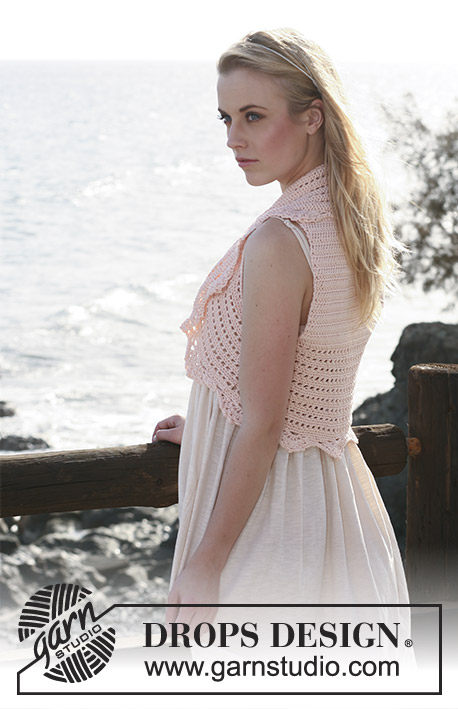 |
||||||||||||
Crochet DROPS waistcoat in ”Muskat”. Size S - XXXL
DROPS 119-22 |
|||||||||||||
|
CROCHET INFO: Back piece: Replace first tr on each row with 3 ch. Edge piece: Replace first dc on each round with 1 ch. Finish each round with 1 sl st in the last ch from beg of previous round. Replace first tr on each round with 3 ch. Finish each round with 1 sl st in last ch from beg of previous row. INCREASING TIP: Inc by working 2 sts in 1 st. -------------------------------------------------------- -------------------------------------------------------- BACK PIECE: Crochet 78-86-94-99 loose ch with crochet hook size 4 mm and Muskat. Crochet 1 tr in 4th ch from hook, * 1 tr in each of the next 3 ch, skip 1 ch *, repeat from *-* and finish with 1 tr in each of the last 2-2-2-3 ch = 58-64-70-74 tr. Continue with 1 tr in each tr. When piece measures 7 cm inc 1 tr each side – see INCREASING TIP, and repeat the inc when piece measures 15 cm = 62-68-74-78 tr. Continue until piece measures 22-23-24-25 cm. EDGE PIECE: Crochet 1 tr in each tr along top of back piece, crochet 56-58-60-64 ch, 1 tr in each tr along bottom of back piece, crochet 56-58-60-64 ch and finish with 1 sl st in first tr on the top of back piece. Now crochet 1 tr in each tr from back piece and around each ch band crochet 42-44-46-48 tr = 204-220-236-248 tr in total. Continue in the round as follows: ROUND 1: 1 tr in first tr, *1 ch, skip 1 tr, 1 tr in next tr *, repeat from *-* and finish with 1 ch, skip 1 tr and 1 sl st in tr at beg of round. ROUND 2: 1 dc in each tr and 1 dc in each ch. ROUND 3: 1 dc in each dc. Repeat these 3 rounds, AT THE SAME TIME when edge measures 5, 10 and 15 cm (adjust to a row of dc) inc 34-34-34-36 dc evenly on round – see INCREASING TIP = 306-322-338-356 dc. When edge measures 17-18-19-20 cm (adjust so that next row is a row of dc) crochet 1 row with dc, AT THE SAME TIME inc 0-1-2-1 dc evenly = 306-323-340-357 dc. Now continue in M.1. NOTE! Beg on row marked with 1 in diagram. Work 1 vertical repeat of M.1, cut and fasten thread. |
|||||||||||||
Diagram explanations |
|||||||||||||
|
|||||||||||||

|
|||||||||||||
|
Have you made this or any other of our designs? Tag your pictures in social media with #dropsdesign so we can see them! Do you need help with this pattern?You'll find tutorial videos, a Comments/Questions area and more by visiting the pattern on garnstudio.com. © 1982-2024 DROPS Design A/S. We reserve all rights. This document, including all its sub-sections, has copyrights. Read more about what you can do with our patterns at the bottom of each pattern on our site. |
|||||||||||||
With over 40 years in knitting and crochet design, DROPS Design offers one of the most extensive collections of free patterns on the internet - translated to 17 languages. As of today we count 309 catalogues and 11629 patterns translated into English (UK/cm). 11629
We work hard to bring you the best knitting and crochet have to offer, inspiration and advice as well as great quality yarns at incredible prices! Would you like to use our patterns for other than personal use? You can read what you are allowed to do in the Copyright text at the bottom of all our patterns. Happy crafting!







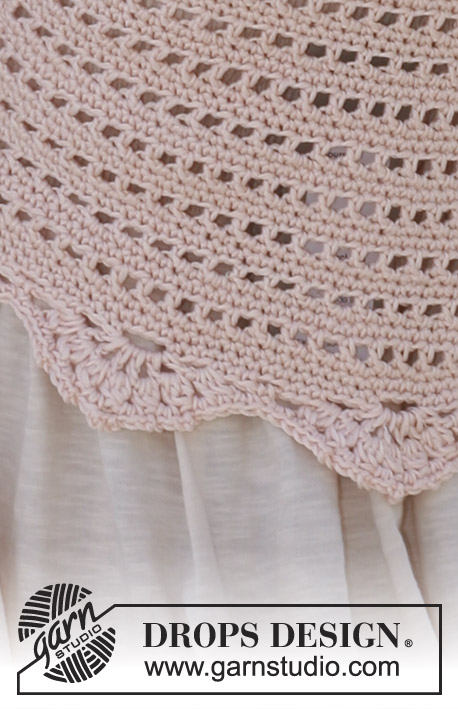








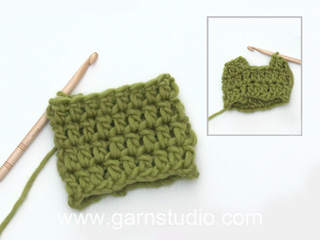
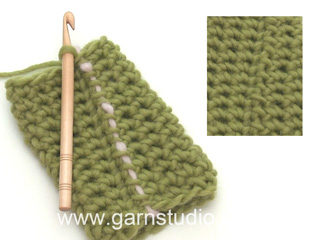
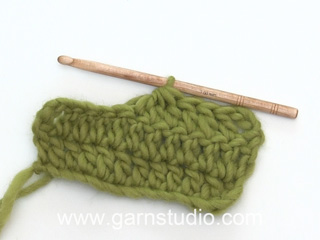
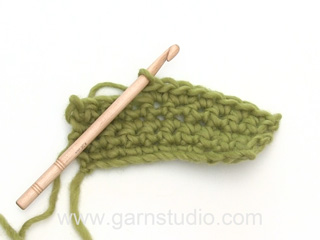
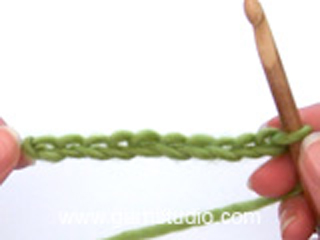
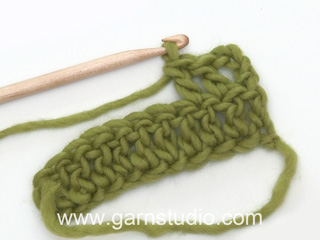
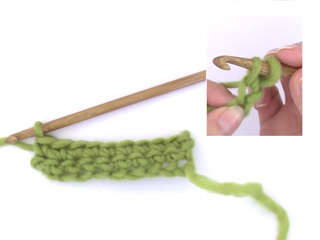
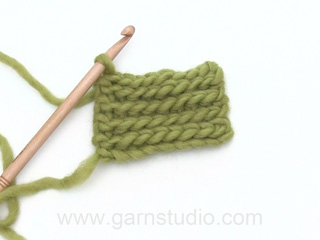





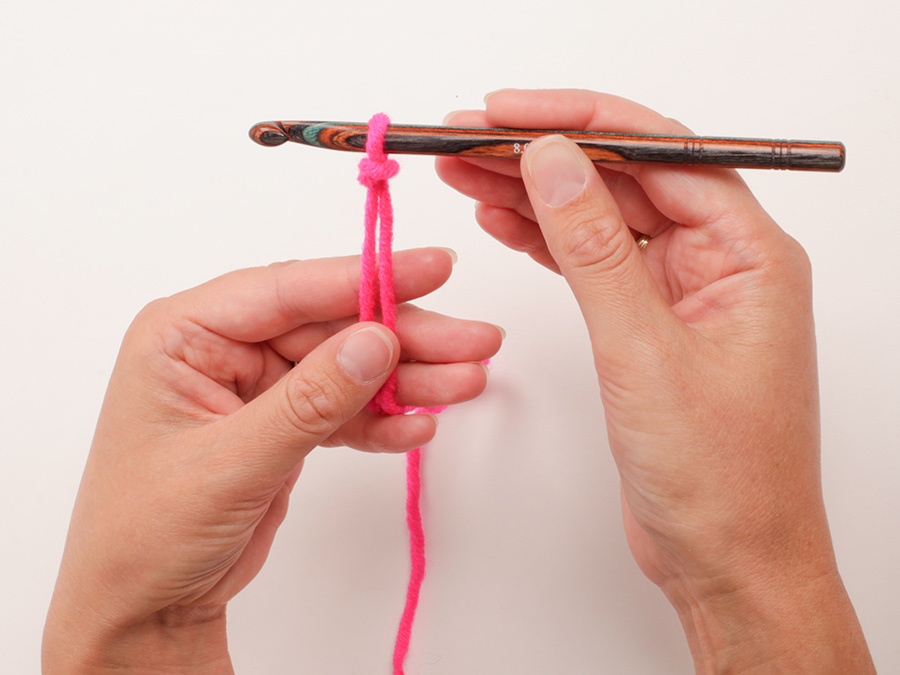
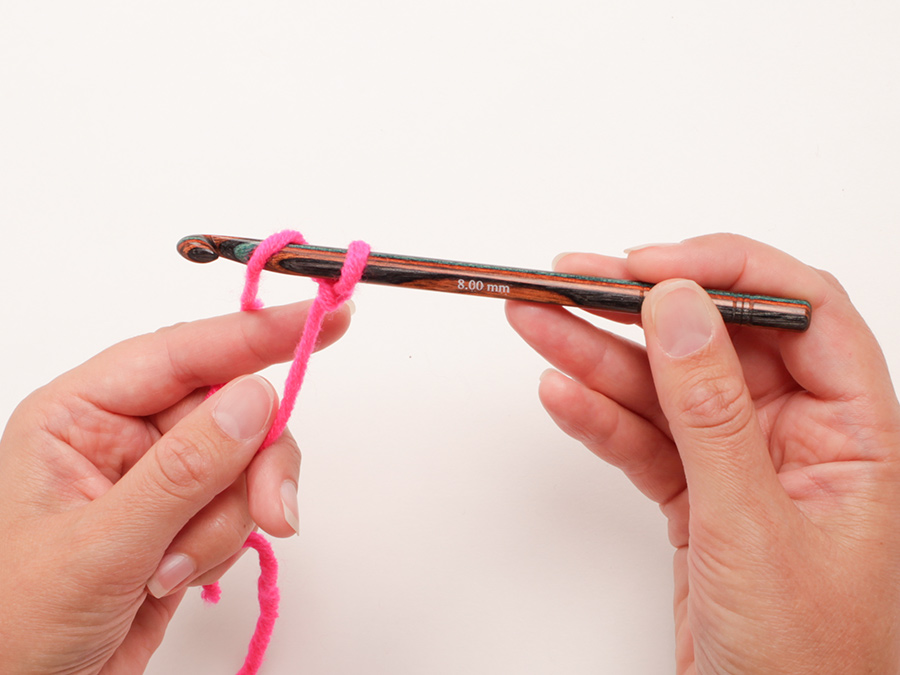
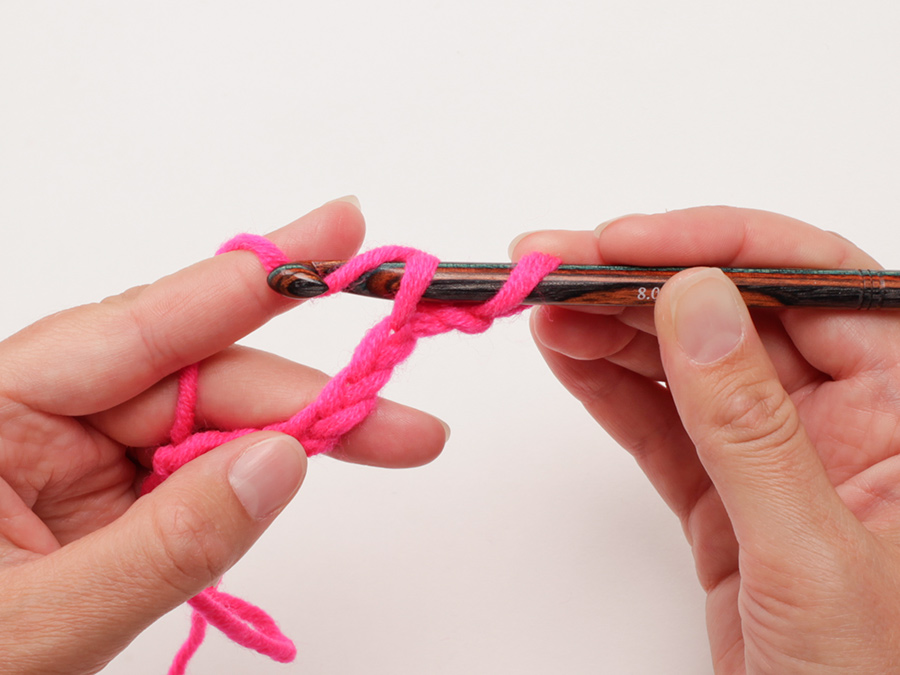
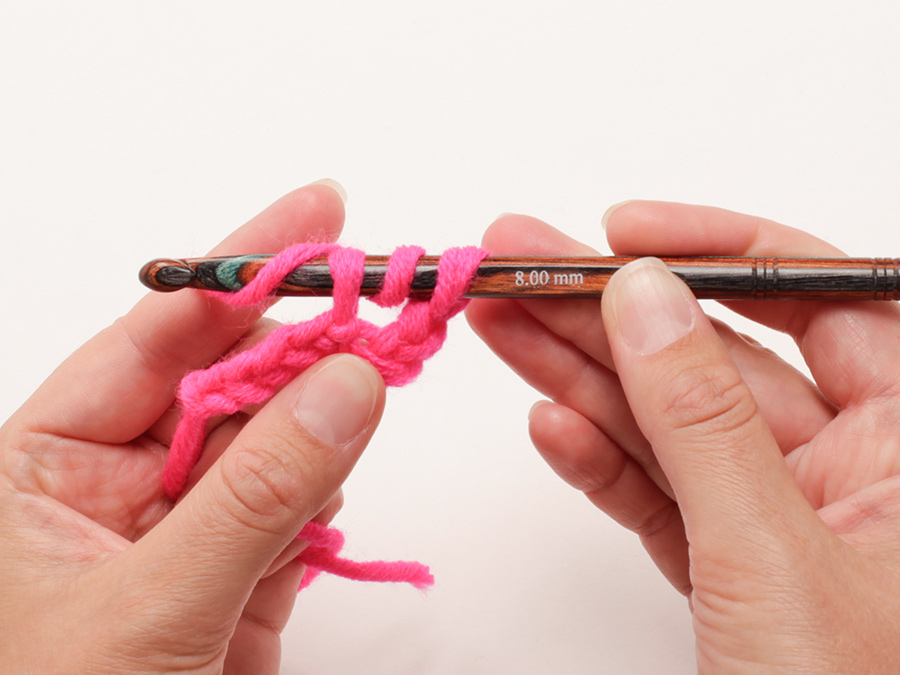






Comments / Questions (103)
Ik lees dat het achterpand geheel in stokjes wordt gehaakt, maar dat klopt toch niet met de foto’s? Die gaatjes maken de bolero juist zo leuk! Ik begrijp het niet … Kunt u mij helpen?
18.05.2022 - 15:35DROPS Design answered:
Dag Edith,
Dat klopt inderdaad wat je zegt. Een gedeelte van het achterpand is in stokjes. Daarna wordt er rondom de stokjes gehaakt. Zie ook mijn antwoord op je vorige vraag hierover.
19.05.2022 - 20:59Hallo! Even een vraagje: wordt deze bolero van onder naar boven gehaakt of juist andersom? Bij voorbaat dank voor uw reactie.
18.05.2022 - 14:58DROPS Design answered:
Dag Edith,
Het achterpand in stokjes wordt eerst van onder naar boven gehaakt. Daarna wordt er rondom gehaakt in kantpatroon waarbij aan de zijkanten van het lapje van stokjes de armsgaten komen.
19.05.2022 - 20:58Het volgende: het meerderen bij de rand is mij niet duidelijk. Ik heb gehaakt toer 1 , 2 en 3 deze herhaald en ben nu op 5 cm met toer 3 ( de vasten). Dit met 248 vasten op de toer. Echter als ik in 3x (op 5 cm 10 cm en 15 cm ) moet meerderen tot 356v Dan moet ik in toer 6 ( op 5cm) met 36 v in die toer gaan meerderden ? Klopt dit? Ik ben nog maar een beginneling in het haken van kleding patronen en het meerderen is dus moeilijk, kunt u dit aan mij uitleggen? Mvg ilse
20.11.2019 - 22:50Ein wirklich schöner Poncho , habe ihn in der Farbe Aubergine gehäkelt und die Anleitung war für mich als Anfängerin wirklich gut zu verstehen Ideal für schöne Sommertage
30.07.2019 - 14:58Bonjour, je souhaite réaliser ce modèle pour ma fille taille S/M, pourriez-vous me confirmer que le nombre de pelotes à commander est bien de 6 pour un total de 300 gr? Cela me paraît beaucoup pour ce modèle !
30.03.2019 - 09:15DROPS Design answered:
Bonjour Mme Chaillou, tout à fait, il faut bien 300 g DROPS Muskat pour ce boléro en taille S/M. Bon crochet!
01.04.2019 - 12:06Hallo, ik zou graag weten hoe ik weet welke maat ik moet hebben. Is er ergens een tabel met cm. maten en welke maat dit is? Bedankt, Marya.
27.02.2019 - 23:31DROPS Design answered:
Dag Marya,
De afmetingen staan in de tekening onderaan elk patroon aangegeven per maat. Voor het kiezen van de juiste maat is het het handigst om een bestaand kledingstuk (bijv. een vest of trui) die je lekker zet erbij te maken en daarvan de maten te vergelijken. Voor dit patroon is dat misschien wat lastiger , maar als je een bestaand kledingstuk vergelijkt met een paar andere patronen op onze site, en je komt op bijv. maat L uit, dan kun je voor dit patroon ook maat L aanhouden. (Er rekening mee houdend dat voor dit patroon vooral de schouders, buste, etc, maatgevend zijn.)
28.02.2019 - 10:15I love this pattern, but I need sleeves. is there anyway I can add them to this pattern. Or do you have another pattern like this with sleeves. Thank you for your time.
09.05.2017 - 03:45DROPS Design answered:
Dear Kay, I would look for a crochet cardigan, maybe a circle one, that have the sleeves crocheted from the body to the cuff, like the 177/10 or 168/12 (that has lacy sleeves) or, the 165/40, (that has more solid sleeves), and crochet the sleeves according to those instructions. I hope this helped. Happy Crocheting!
09.05.2017 - 08:14It has been mentioned how to determines size using a diagram near at the end of the pattern. Is it determined by laying garment flat and measuring the back? Or is it from front lapel around to the opposite front lapel? If the latter is true, then why is that considered as size XXXL? That is closer to an XL or XXL in US sizes. It would be helpful if you could clarify which way to measure the garment: either flat across the back, or flat from lapel to lapel. Thank you.
27.06.2016 - 14:51DROPS Design answered:
Dear Suzie, the measurements at the bottom of back piece apply to width on back piece only (without edge), ie 44 cm in larger size at the bottom of back piece and 46 cm at the top of back piece after inc. Click here to convert into inches. Compare to a similar garment you have and like the shape to find out the matching size. Read more about sizing on same link as before. Happy crocheting!
27.06.2016 - 17:44I followed the instructions for the first two rows of the back piece. When I lay it flat it makes a circle. This can't be correct. What have I done incorrectly?
20.05.2016 - 03:12DROPS Design answered:
Dear Mrs Lueders, back piece is worked back and forth from bottom up. After you have made the fundation chain (78-99, see size), work first row without joining with a sl st, just work back and forth in rows. Happy crocheting!
20.05.2016 - 10:39On the last round of the edging, are you supposed to skip the last sc of the previous round?
08.05.2016 - 01:45DROPS Design answered:
Dear Mrs Stevens, after the last sc on round 5 in M.1, start diagram from 1st st again, ie (skip last sc in repeat) and work 1 sc around next 2-ch-space. Happy crocheting!
09.05.2016 - 10:35